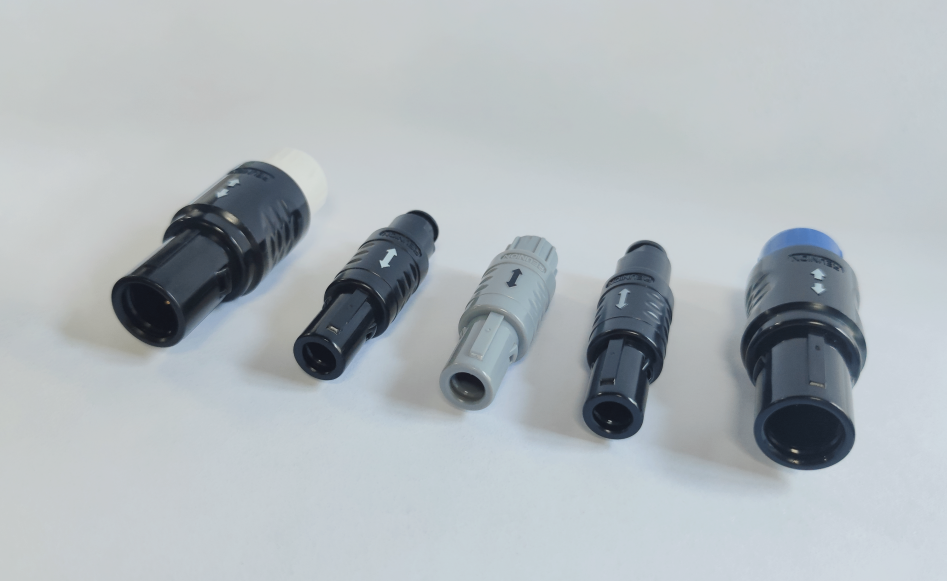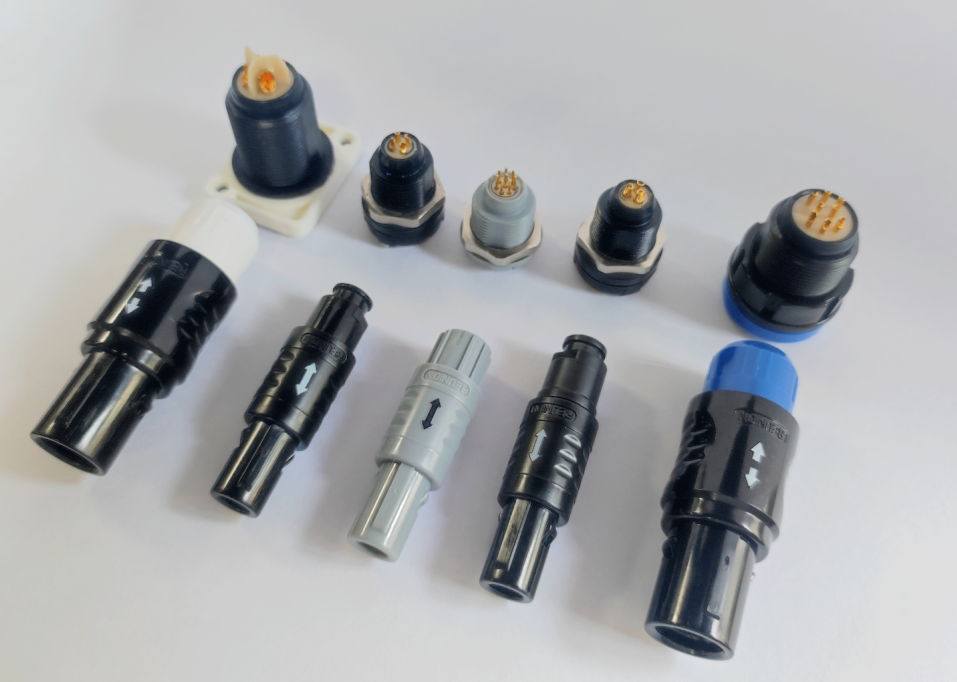
 Sep 11,2024
Sep 11,2024
 Reunion
Reunion
he operation of the connector will affect the function of the entire device, so it is particularly important to choose the appropriate connector. If you accidentally ignore some details when choosing the connector, you will buy a connector that is not suitable.
1. Connector type
What the connector will be used to connect to, what kind of environment it will be used in and other issues are the first consideration. For example, some sockets are used for panel installation, and some are directly wired. According to different situations, fixed sockets and floating sockets can be selected respectively. The connection object of some connectors will determine what kind of terminal (terminal) is used, board terminal, crimp terminal or solder terminal, etc., and how many conductive terminals should be arranged according to the connection object. Of course, this also involves some reference in terminal technology. SPRING electronic push-pull self-locking connectors generally use welding terminals and board connection terminals, and the number of conductive terminals is generally 1 to 32 (that is, 1 to 32 cores).

2. Electrical requirements
When choosing a connector, the electrical requirements of the product must be considered. Electrical requirements are mainly based on two aspects: voltage and current. Connectors of different pin core sizes can pass different currents and voltages. Users need to choose a suitable connector according to the voltage and current of the device. In addition, we also need to consider other electrical conditions, such as resistance, allowable resistance variation, millivolt drop, maximum current value, maximum voltage value, inrush current value, characteristic impedance, VSWR (voltage standing wave ratio), Insertion loss and EMI shielding efficiency, etc.
3. Environmental requirements
Temperature, humidity and other environmental conditions directly affect the performance of the connector, so the expected use environment of the connector should be considered. The location where the connector is used (indoor, outdoor, corrosive environment, etc.) will affect whether to enhance the seal of the connector or add a shielding shell outside the insulating body. As for the shelf life and information of other related storage conditions, the description of the environment should also include requirements for shock and vibration, including transportation requirements, and production environmental conditions such as welding temperature and welding cycle duration Time requirements.

4. Mechanical performance requirements
For the connector, what size and coverage area are effective; what is the allowable dimensional tolerance; what is the insertion and withdrawal force of the terminal; and the durability of the connector (the frequency of mating mating) How? These factors are to be considered when choosing electrical connectors.
Copyright © Shenzhen Reunion Electronics Co., Ltd.
